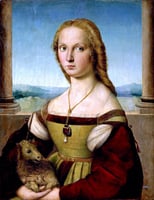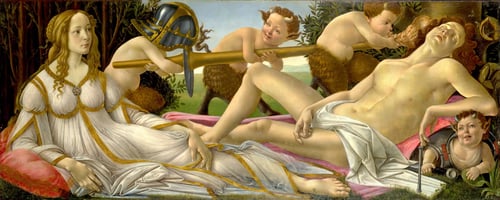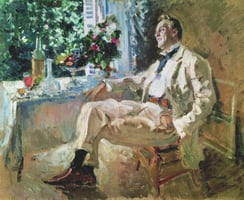The Cinquecento, meaning "500" in Italian, is the period in art history between the late 15th...
Discover the Life and Work of Giovanni-Paolo Panini: Italy's Most Celebrated Baroque Painter
Giovanni-Paolo Panini was an Italian painter, architect, and urban designer who was a prominent figure in the development of the Baroque style in Rome and the surrounding area. He is best known for his large scale paintings and frescoes, and his many contributions to the city of Rome. Giovanni-Paolo Panini was born in Piacenza, Italy, in 1691.
He initially studied painting in the studio of Andrea Galluzzi, a local painter, and then went on to study architecture and urban design in Rome. After spending some time in Rome, he returned to Piacenza and then moved to Venice in 1711. While in Venice, Panini was able to study the works of the great masters of the Baroque period and familiarize himself with the Roman Baroque style.
Panini is perhaps best known for his large-scale works and frescoes. His grandest works to date are the frescoes in the church of S. Andrea della Valle, which were completed in 1747. Panini also painted a number of portraits during his career, including one of Pope Benedict XIV, and a number of works of historical and classical themes, such as the works in the Villa Borghese in Rome. Panini also made a significant contribution to the development of urban design in Rome.
He was responsible for the redesign of the Piazza Navona in 1735 and the redesign of the Piazza del Popolo in 1747. He also designed the façade of the Palazzo Montecitorio, which was later remodeled by Bernini. Giovanni-Paolo Panini was a major influence on the development of the Baroque style in Rome and the surrounding area. His large-scale works and frescoes are some of the finest examples of the period, and his influence on the development of urban design in Rome was also significant. His legacy lives on today in the works of many Italian architects and urban designers who continue to build upon the foundations he laid down in the 18th century.




